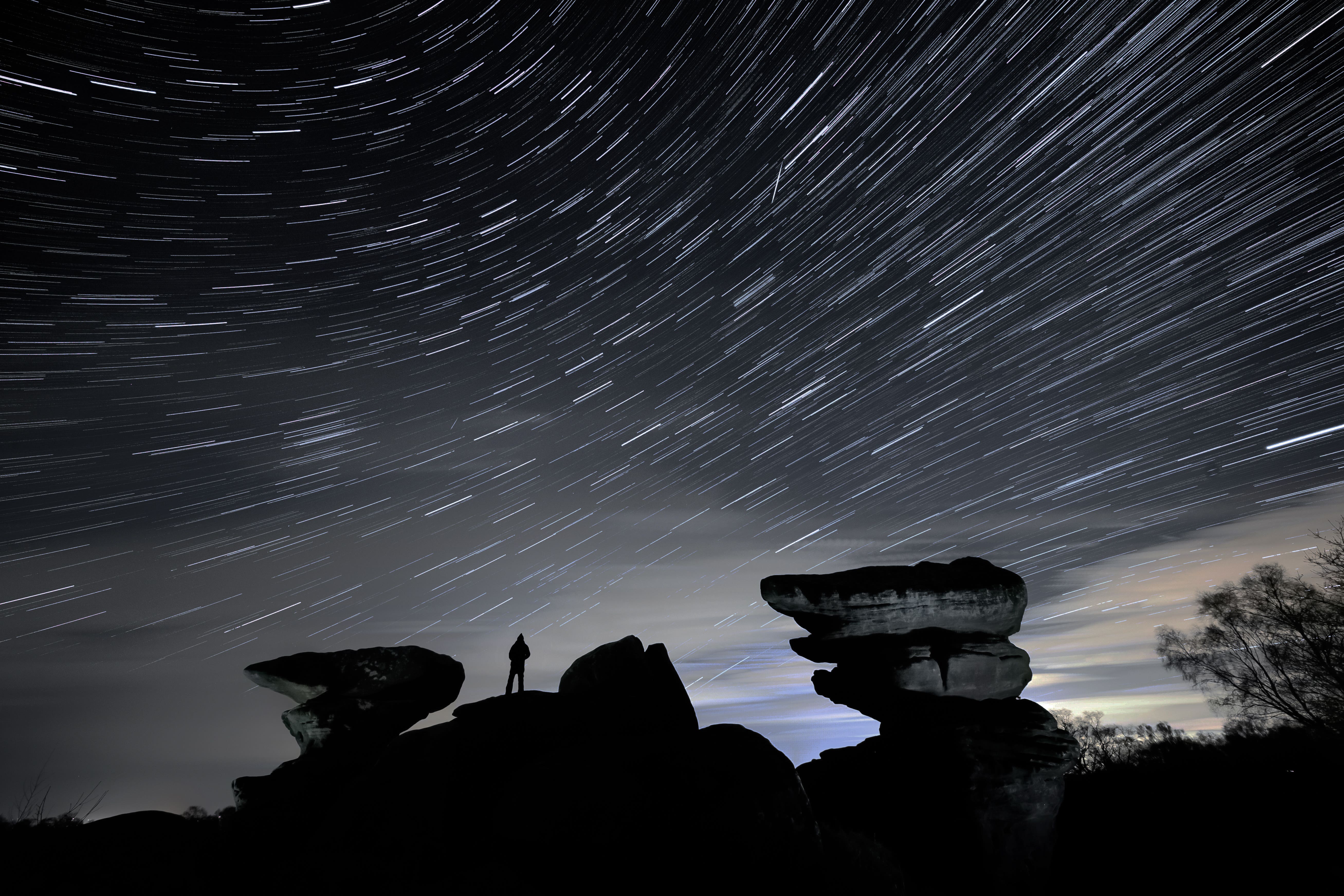Delta Aquariid meteor shower to light up the night sky
The display is expected to peak in the early hours of Tuesday.

Your support helps us to tell the story
From reproductive rights to climate change to Big Tech, The Independent is on the ground when the story is developing. Whether it's investigating the financials of Elon Musk's pro-Trump PAC or producing our latest documentary, 'The A Word', which shines a light on the American women fighting for reproductive rights, we know how important it is to parse out the facts from the messaging.
At such a critical moment in US history, we need reporters on the ground. Your donation allows us to keep sending journalists to speak to both sides of the story.
The Independent is trusted by Americans across the entire political spectrum. And unlike many other quality news outlets, we choose not to lock Americans out of our reporting and analysis with paywalls. We believe quality journalism should be available to everyone, paid for by those who can afford it.
Your support makes all the difference.Stargazers will be treated to a meteor shower tomorrow as the Delta Aquariids light up the night sky.
The display is expected to peak in the early hours of Tuesday with up to 25 shooting stars an hour streaking across the sky.
The Delta Aquariids mark the start of the summer meteor season in the Northern Hemisphere.
Like with most meteor showers, the Delta Aquariids get their name from the constellation in the night sky that they appear to radiate from – the constellation of Aquarius near the bright star Delta Aquarii.
Between midnight and dawn offers skygazers the best chance to spot the shooting stars, especially if they look above the southern horizon.
The meteors will be visible to the naked eye, in an area of clear dark sky with little to no light pollution.
With this year’s shower taking place a few days before a New Moon, conditions are fairly good.
There is still some uncertainty among experts regarding the comet responsible for producing the Delta Aquariid meteor shower.
But most recently a comet called Comet 96P/Machholz has been identified as the likely source.
As ice from the comet gets heated by the Sun small bits of rock and dust get loose, forming the trail of debris that produce the meteor shower.
The comet was discovered by Donald Machholz in 1986, and has an estimated diameter of four miles (6.4 kilometres) and takes just over five years to complete one orbit around the Sun.